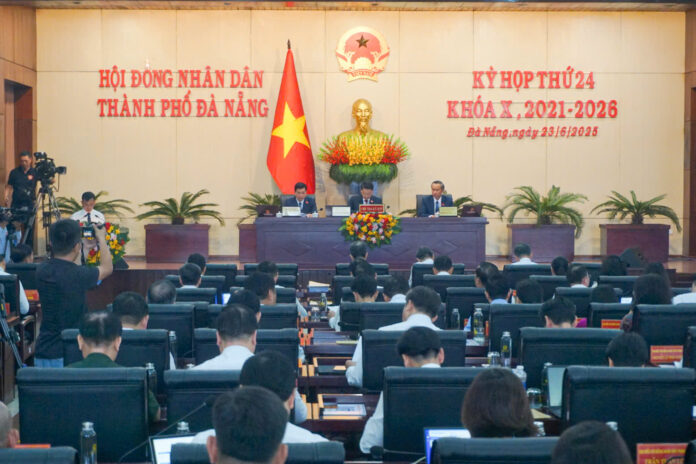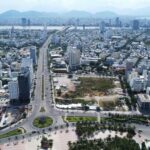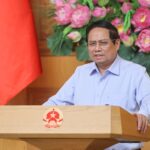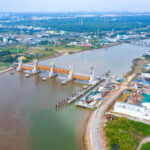On June 23, the 24th meeting of the 10th Da Nang People’s Council for the 2021-2026 term was inaugurated, marking a historical milestone as the city’s last meeting before its official merger with Quang Nam province.
This event signifies a turning point, commemorating Da Nang’s 28 years as a centrally-governed municipality since 1997.

The 24th meeting of the Da Nang People’s Council marks the city’s last gathering before its merger with Quang Nam province.
In his opening remarks, Chairman of the Da Nang People’s Council Ngo Xuan Thang emphasized the historical significance of this meeting, being the last assembly of the centrally-governed city. On June 30, Da Nang will officially announce the establishment of a new city by merging with Quang Nam province and implementing a two-tier local government model.
According to Mr. Thang, the meeting focuses on discussions, opinions, and the adoption of important resolutions that directly impact the city’s socio-economic development and the well-being of its citizens.
Additionally, the delegates are expected to evaluate and draw lessons from the past leadership, direction, and management to lay the foundation for organizing and operating the government apparatus in the new phase.
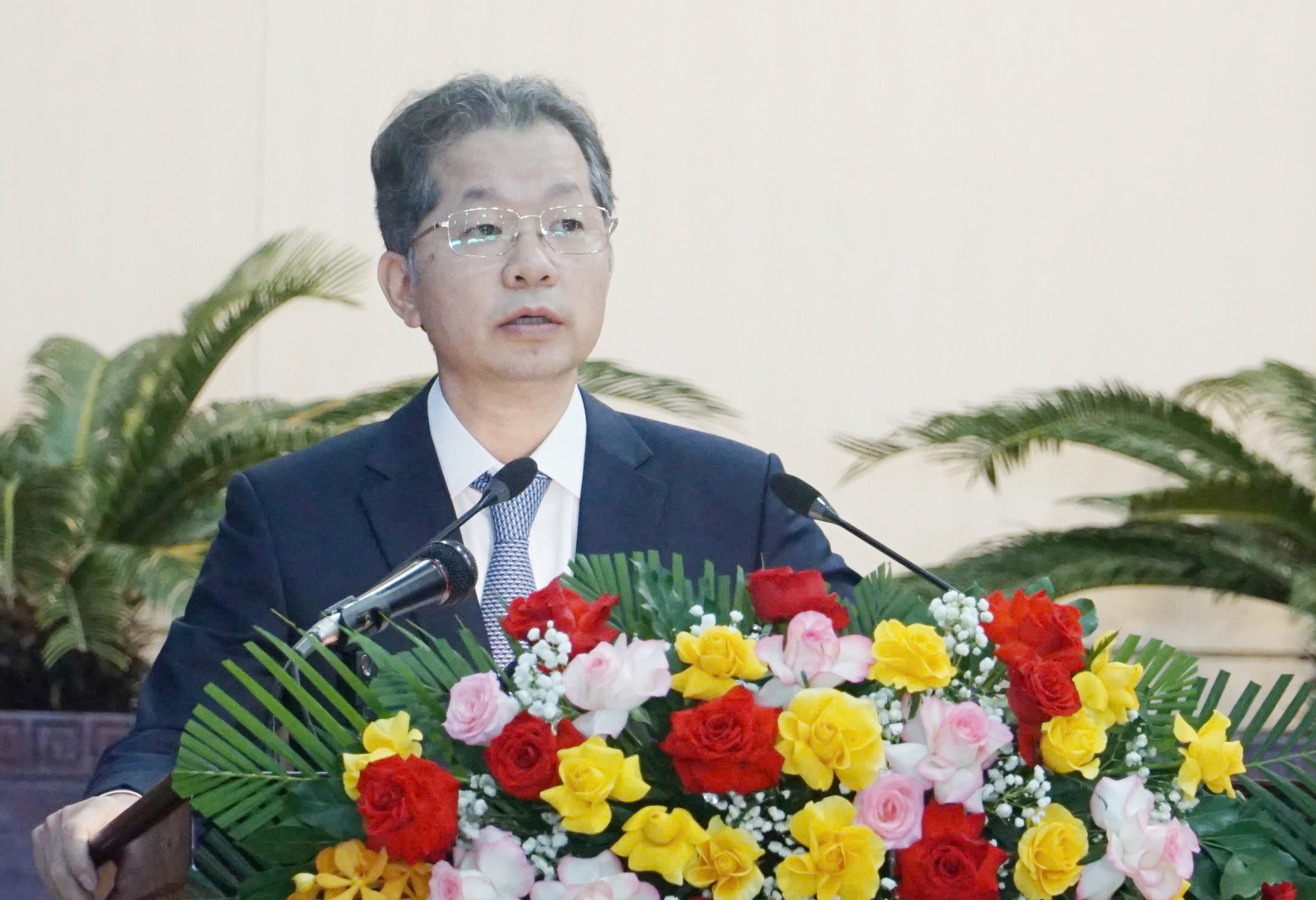
Secretary of the Da Nang Party Committee, Nguyen Van Quang, speaks at the meeting.
Speaking at the meeting, Secretary of the Da Nang Party Committee, Nguyen Van Quang, remarked that this assembly is pivotal as the entire political system actively implements the central directive to merge administrative units at the provincial level and establish a two-tier government model.
According to Mr. Quang, after 28 years of separation for development, Da Nang and Quang Nam are now “under one roof,” presenting a significant opportunity to establish a new driving force for the Central region. The new city will officially commence operations on July 1.
Post-merger, the new Da Nang city will be the largest in Vietnam in terms of area, spanning nearly 12,000 square kilometers and housing a population of over 3 million people. It will be a metropolis boasting a diverse range of airports, seaports, and infrastructure, facilitating economic growth, logistics, industry, and tourism.
However, the Secretary also cautioned about considerable challenges, such as low urbanization rates and inadequate infrastructure. These challenges may persist over multiple terms.
“This is not just a regular meeting but also a crucial step in preparing for the handover of the organizational apparatus and embracing a new phase of development. The Da Nang People’s Council needs to summarize the activities of this term, drawing valuable lessons to lay the foundation for the effective functioning of the new city’s People’s Council,” Mr. Quang emphasized.
The Secret Behind the Discarded Fish Sauce: Unveiling the Mystery of the Abandoned Factory
As of April 2025, the Thanh Hoa Seafood Processing Joint Stock Company has ceased its nuoc mam production to explore new business ventures, as confirmed by the local authorities.
The Prime Minister Directs Immediate Allocation of Headquarters and Equipment for Dual-Level Administration
On the eve of the two-tier local government model coming into operation from July 1st, Prime Minister Pham Minh Chinh issued an urgent dispatch. He demanded the swift completion of headquarters, equipment, and public asset management to ensure a seamless and efficient transition to the new administrative body.

























